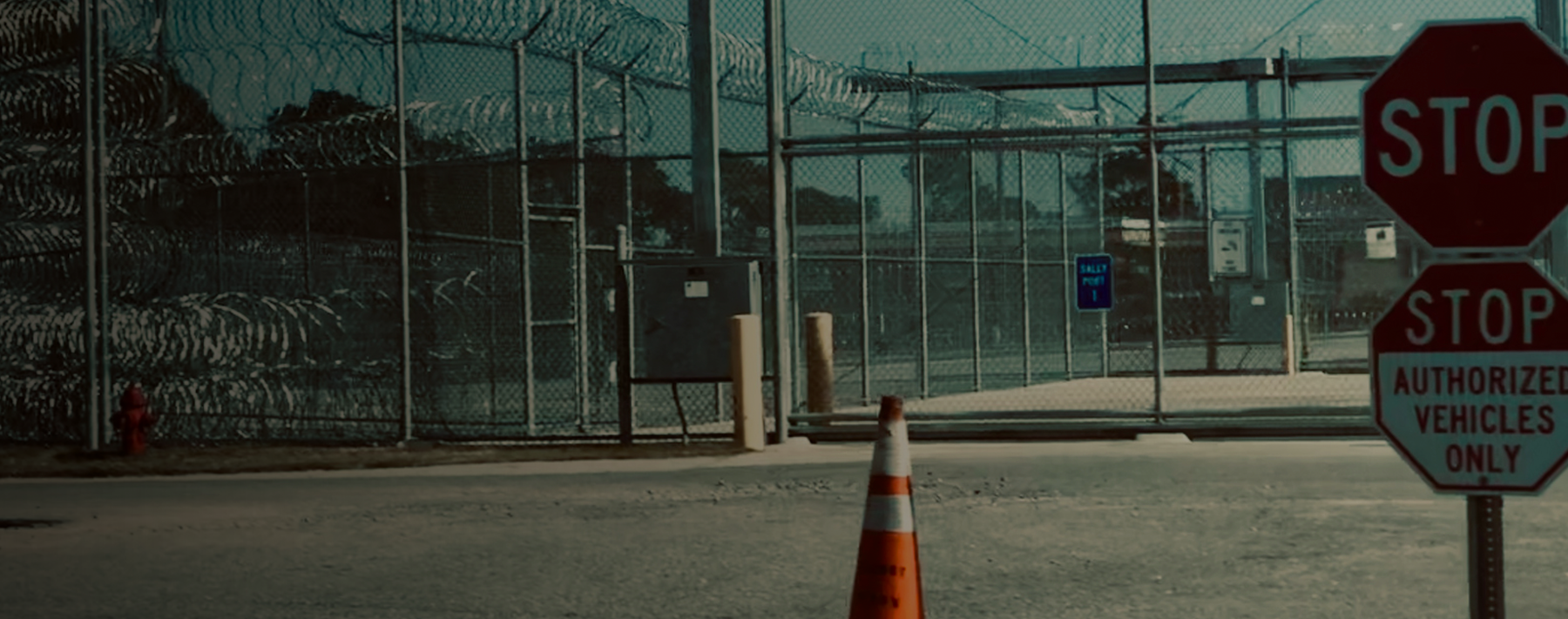Law enforcement is an increasingly complex and highly scrutinized profession. To maintain (or rebuild) trust with their communities, public safety leaders are expected to make data-driven decisions, monitor and improve officer performance and provide timely, ongoing training. We scrutinize policies and read reports, but are we really using the information we collect to its fullest potential?
That question took center stage in the Lexipol webinar, “Analytics for Developing Officers and Improving Agencies: 10 Metrics That Matter.” Led by Chief (Ret.) Aaron Ambrose and Chief (Ret.) Michael Ranalli, along with Bryan Selzer, president of Performance Excellence at Lexipol, the panel offered important insights into how law enforcement agencies can use data to improve performance, prevent liability and support their personnel.
Here are a few main points from the discussion.
1. Data Isn’t About Discipline — It’s About Development
One of the most important ideas emphasized throughout the webinar is that data is not being collected in order to punish. It’s not about catching someone doing something wrong, but rather about identifying patterns and fixing problems early.
“Data can be a great asset to leadership,” Selzer says. “You want to be able to identify something before something happens, and then maybe change the policies, change the training.” To do that, he says, “you need to have actionable data.”
Ambrose supported this point from a risk management perspective: “We’re way past the days of trying to figure out how to do this. We definitely have to shift our thinking and our approaches on how we collect data and then how we utilize it.”
Yes, collecting use-of-force reports, claims data and early intervention flags can expose problems. But it can also show what’s working. Corrective action can include training, counselling and other early interventions. The ultimate goal, though, is to make people better, not punish them.
Watch a clip:
2. Transparency Builds Trust
Data doesn’t just benefit internal performance; it also helps foster transparency for external stakeholders by demonstrating accountability to your community and elected officials.
“When you collect data on everything we’ve talked about, you can extrapolate it, build a report and bring that data to those meetings,” Ambrose explains. “Even if you have some negative incidents, that just gives transparency and builds trust and confidence in your elected officials and your community.”
It’s important to note the goal here is not to justify the actions of your officers or your agency. But just like in high school math class, showing your work is crucial. An agency willing to examine itself, report its results and make adjustments publicly is one that builds long-term credibility.
Watch a clip:
3. Training Isn’t Just a Checkbox
Training is often the very first thing to go out the window when time, staff or budget are limited. But according to Ranalli, that can be a huge mistake. “Training is the first thing cut when time is tight,” he says, “but it’s the first thing that gets you in trouble when things go wrong.”
Rather than training for the sake of checking boxes, the panelists stress a smarter approach. One benefit to collecting information is that you can let the data guide your training priorities. Are your officers consistently having trouble with pursuits? Are use-of-force reports showing poor decision-making under stress? Let that inform your next in-service training.
Selzer gives the example of OC spray. If an analysis of the data shows it’s not working because officers are using it from 20 feet away, that’s not a tool problem. It’s a training opportunity.
Ambrose also notes the link between claims data and training. “It’s the high-frequency, low-severity things that add up and get you in a jam,” he says. In his role as director of Risk Management for Midwest Public Risk, claims data directly influenced training: “We used those claims to structure our entire training platform.”
Watch a clip:
4. Claims Data Reveals the Bigger Picture
Speaking of claims, many line-level officers may not realize how much information gets unearthed during civil litigation. When claims start piling up, though, it impacts more than just your legal budget.
“Risk pools know who the bad players are,” Ambrose says. “They know who’s causing the big payouts. And that raises your premiums, which affects your department budget.”
Ambrose adds that claims data can shine a spotlight on troublesome behaviors, helping leaders identify officers who may need retraining, reassignment or even wellness services. From the agency perspective, failing to track this information is a risk in itself. It can lead to a pattern that only becomes visible during discovery — when it’s too late to fix it.
Watch a clip:
5. Comprehensive Metrics Can Save Lives and Careers
Whether it’s pursuits, complaints, vehicle damage or community interactions, collecting and analyzing a broad range of data points helps prevent problems and support officers.
“You can’t collect data just for the sake of collecting it,” Selzer says. “It has to be actionable.”
That might mean tracking which de-escalation tactics actually get used in the field. Or identifying officers whose complaint patterns suddenly shift. Or logging compliments, so you can single officers out for praise or commendation.
More than once, the panel stressed how comprehensive data collection is about seeing the whole person. If an officer with a spotless record suddenly has issues, the data might show he’s dealing with a personal crisis — giving leadership an opportunity to intervene with support, not punishment.
“You want to collect data to identify issues before something happens,” Selzer says. “It could be the one thing that prevents a life-altering decision.”
Watch a clip:
“It’s the high-frequency, low-severity things that add up and get you in a jam.”
The Future Is Proactive
Law enforcement is changing. The agencies that excel will be the ones that use data not as a hammer, but as a spotlight. Not just to catch problems, but to understand them. Not just to react, but to lead.
“Let’s stop blaming and start fixing,” Chief Ranalli says. “If we have the tools and the ability to help officers get better and learn how to do the right things for the right reasons, then that’s the future of law enforcement.”



